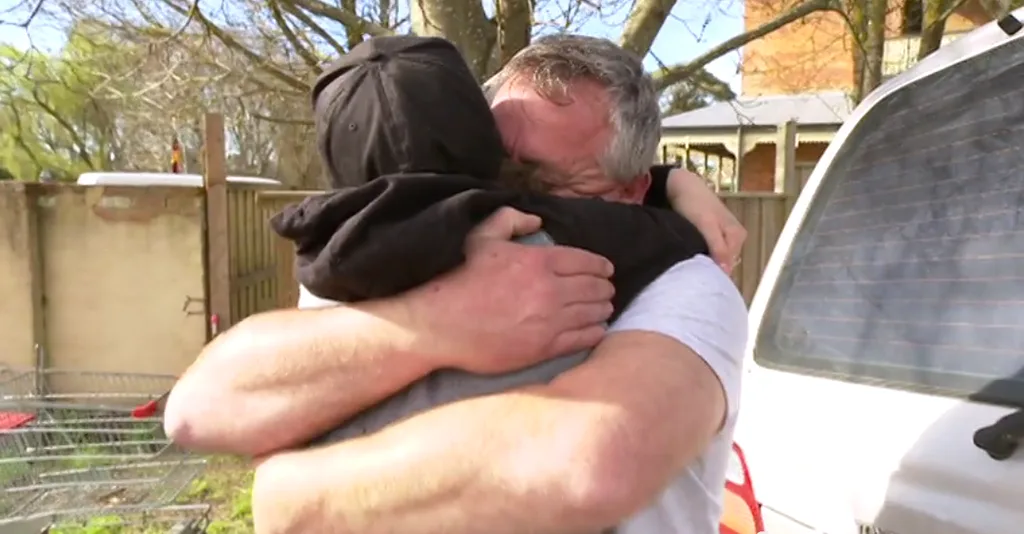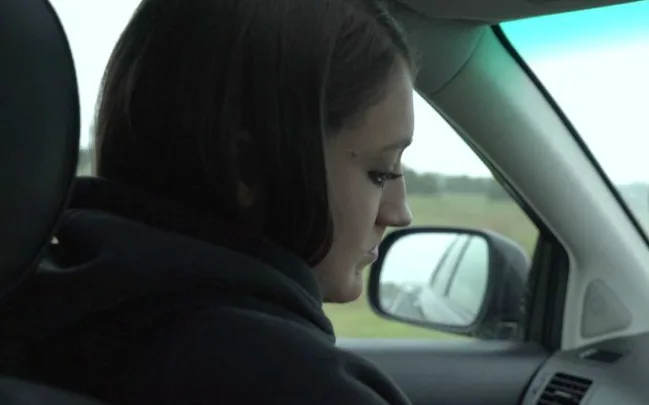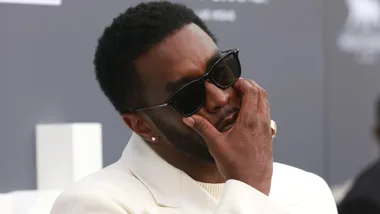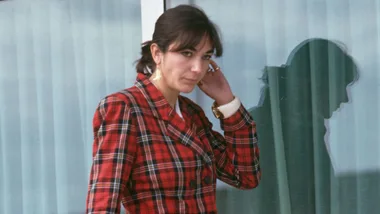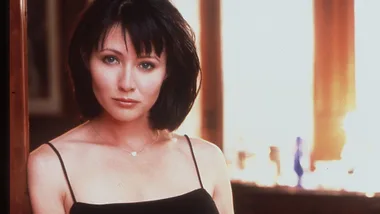It took a drive-by shooting to convince Tiarni Butters, 19, to stop using ice (aka crystal meth). “There was five bullets through the front window. That’s what made me switch on straight away that this is enough — like, I could have got shot right there and then. It’s ridiculous.”
The terrifying epiphany came after eight months of moving between ice dealers’ homes. Crack dens. Her father, Wayne, had stopped working just so he could pursue Tiarni all over Melbourne, following leads from Facebook. He would trick dealers into letting him through high-security doors, but Tiarni wouldn’t leave with him.
“I would hide under a bed in case he came in and tried to find me. I didn’t want him to see me like that,” she told the ABC’s Four Corners program Monday night (available on iView).
Wayne was horrified by what he saw while searching for his teenage daughter.
“I have been in houses where there’s been 14-year-old kids there. The house stinks. These kids stay in there for days and weeks, mate. You can’t stand the smell,” he recalled in the episode dubbed ‘Rehab Inc’.

Wayne broke. One day, he went back to the car, grabbed an axe and hacked through a dealer’s front door. “I did some horrible things to get my daughter out. I turned their water off, I turned their gas off, I pinched their power fuse. I smashed their windows. They worked, but it exhausted me.”
Tiarni eventually came home. But Wayne and his wife Renee faced a new, unimaginable obstacle. Private rehabilitation centres can cost up to $30,000 per month, and they couldn’t bear to wait up to six months for a spot in a free, public facility. Seeing the “pull” ice has on users, they were racing against the clock to find Tiarni treatment before she fled and starting using again. In the end, a volunteer helped them negotiate a half-price deal on her rehab. They sold the family car and were left with $139 in their bank account.
Sadly, the Butters’ story isn’t a unique one. Parents are remortgaging homes, chipping into superannuation, and taking out loans to pay for their children’s rehab. It often takes more than one stint to get a user off ice, which means families could fork out more than $60,000.
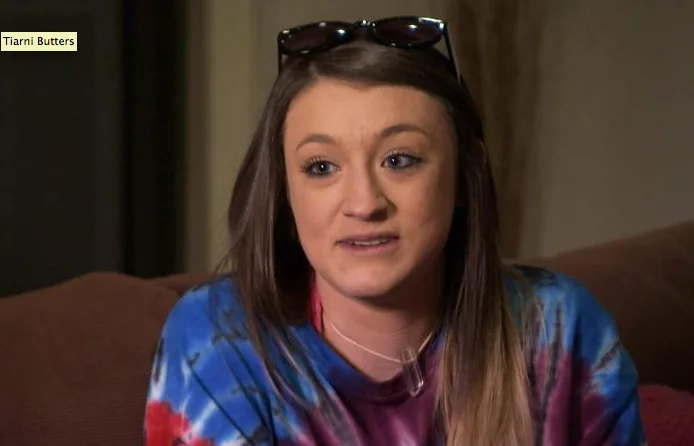
According to a National Ice Taskforce report released in 2015, use of ice in Australia doubled between 2010 and 2015 – to 200,000 users.
Last year, there were more than 32,000 requests for treatment around Australia. To meet the demand, private clinics are popping up – and they’re unregulated. “I could start a rehab up tomorrow and hire staff who aren’t suitably qualified, call it a rehab, and charge top dollar with no questions asked,” said Ruben Ruolle, head of the Drug and Alcohol unit at Western Health, a major public hospital network in Melbourne.
Talking to Four Corners, Professor Dan Lubman, from the Turning Point Drug and Alcohol Centre, added that private facilities aren’t necessarily better than the public system. And families who are unhappy with the treatment have nowhere to turn other than the courts.
In December last year, Prime Minister Malcolm Turnbull announced a plan to tackle the ice epidemic, including funding for families to access rehabilitation. “In response to the National Ice Taskforce Final Report, released in December 2015, the Australian Government is providing an additional $298.2 million over four years from 1 July 2016 towards a number of measures to reduce the impacts associated with drug and alcohol misuse to individuals, communities and families,” a spokesperson for the Federal Department of Health told marie claire. “This funding will strengthen education, prevention, treatment, support and community engagement, and is provided under the National Ice Action Strategy.”
Hopefully this funding gives families like Tiarni Butters’ the help they need.
